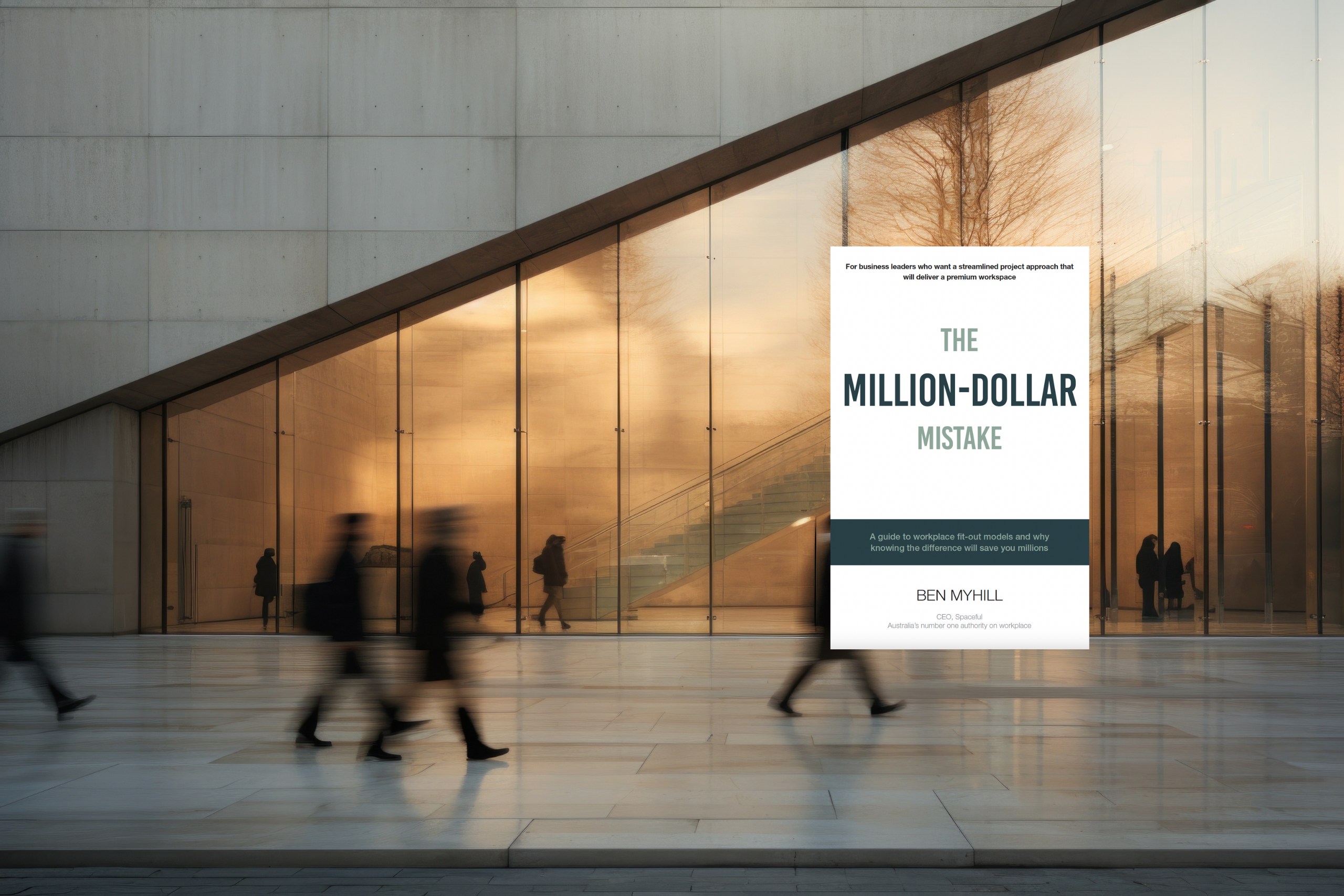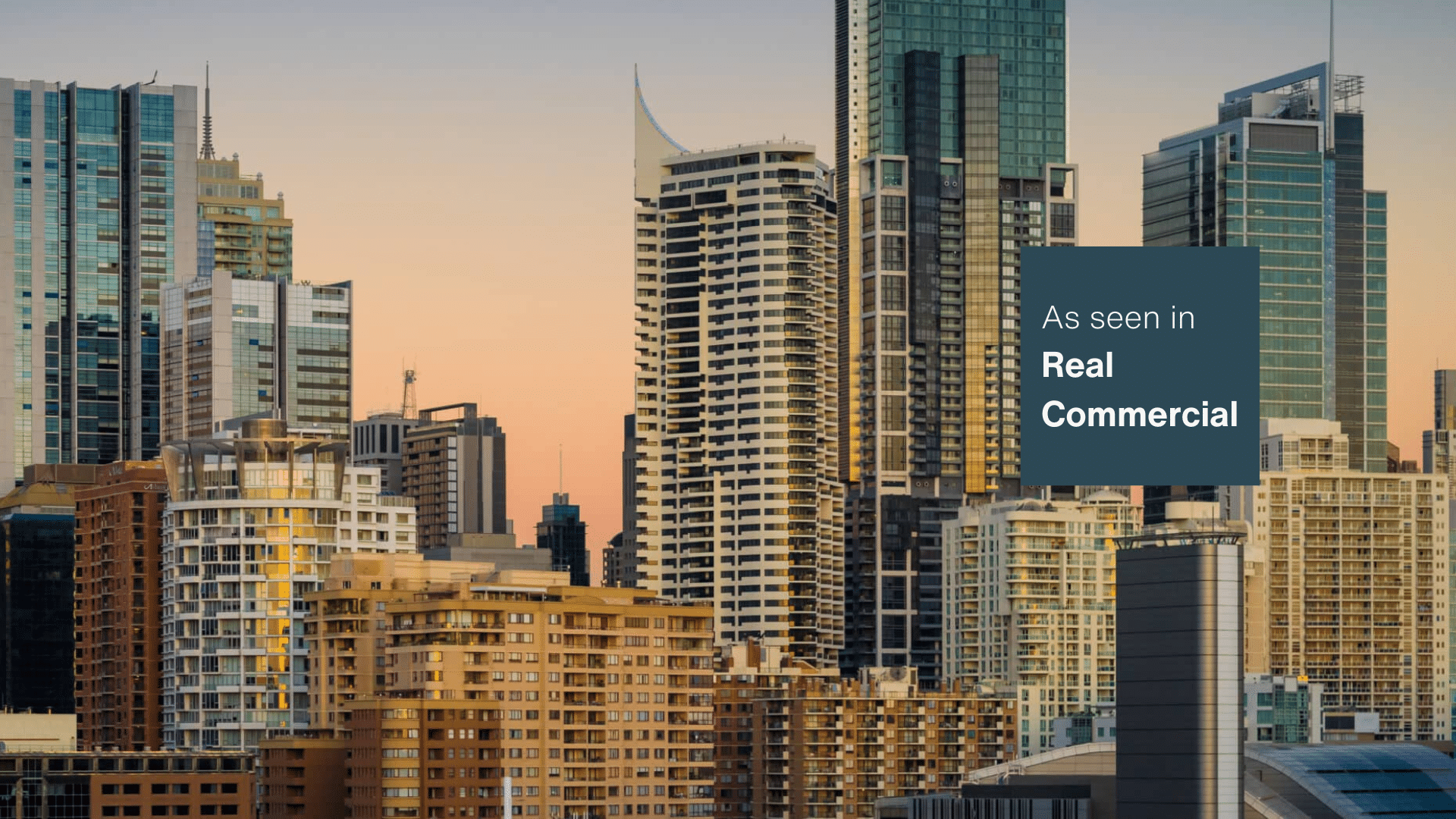
“We’ve reached a pivotal moment where firms hoping to win the talent war need to reframe their idea of work as an experience.” — Ben Churchman, Spaceful’s Principal of Client Relations.
When it comes to designing a winning workspace in today’s increasingly remote environment, law firms are facing three key challenges: attracting and retaining top industry talent (who have more market access than ever before), planning their floorspace needs cost-effectively, and leveraging technology to increase output and make work more convenient.
Here’s how the leading Australian law firms are handling these challenges.
Challenge 1: Creating a workplace strategy that will attract and retain top talent
“The war for talent remains the biggest challenge for Australia’s top law firms, with the Law Partnership Survey showing the cost of retaining and attracting staff in a tight labour market is outstripping fears about a slowing economy.” — AFR
When the pandemic forced businesses to move their operations online, it eliminated the physical barriers to attracting (or losing) top industry talent. Now that location and commute are no longer primary concerns, the country’s top lawyers have unprecedented choice and access to more opportunities throughout Australia.
With almost 70% of lawyers reporting feelings of depression and anxiety, firms that don’t recognise the need for a suitable and attractive workplace risk lower levels of employee satisfaction and losing out on top talent.
Our very own Principal of Client Relations, Ben Churchman, talks about how important this is to firms today:
“ESG has become a top priority for our law firm clients and as such, we encourage them to consider the amenity in its entirety at the workplace strategy stage. This means looking at the building as well as its surrounds and its accessibility; do you have a gym or a cafe? What about a barber?
Anything less doesn’t really do it anymore; top talent have access to better options.

Environmental, Social, and Governance (ESG) standards are now front and centre for law firms designing new fitouts in Australia and we are already seeing some key trends emerging.
An increasingly popular way to incorporate ESG at the strategy stage of design is by creating task-based zones for different types of work, which enables employees to choose what works best for them.
Similarly, devising purpose-built wellness areas for activities such as yoga and meditation allow teams the downtime they need to feel energised and motivated to do their best work.
Shared but unassigned offices are another cost-effective way to provide staff with the space and privacy they require for focus whilst also maximising floorspace.
From a social perspective, allocating centralised, communal spaces encourages time away from desks and screens to unwind, collaborate, and connect.
Challenge 2: Negotiating a workplace footprint that can flex up and down as needed
Hybrid work models require less floorspace, which is a significant cost-saver for law firms. But as teams grow and their needs evolve, this can present planning challenges at the workplace strategy stage.
Contrary to popular belief, the answer to this problem is not a shorter lease. In fact, signing long-term leases often comes with significant financial incentives.
Below are a number of mechanisms that our clients use to reconcile the need for flexible floorspace with longer lease commitments:
Become more agile over time
It’s a good idea to start with what you currently have and strive to become more agile over time. By planning the floor plan with enough space and chairs for your current requirements, the increase in headcount can be offset by reduced requirements for each employee as you expand.
Churchman explains: “As you take on more staff, and their office hours flex around others, you can accommodate around 40% more people in the same space.”
Have first pick of other offices in the same building
Some properties have multiple office spaces within the same building, so it’s worth checking whether any have leases that are set to expire soon. “You might be able to negotiate a clause in your lease that gives you the right to first refusal over office spaces opening up in your building.
This option to expand, should you need it, is a more cost-effective solution than committing to one size or another; particularly if you want to sustain agile and hybrid working.”
Negotiating a surrender clause into the lease
An extra layer of protection is to add a surrender clause to a lease. This clause gives the tenant the right to terminate the lease early on specified conditions.
“Negotiating a surrender clause before signing your lease gives you the opportunity to give up any unused floorspace before the end of your contract.”
Challenge 3: Designing a workplace that leverages technology for greater efficiency and convenience
“According to reports, lawyers spend less than 3 hours per day on billable tasks. Where does the non-billable time go? Office administration, generating and sending bills, configuring technology, and collecting payments. The right technology can help.” — Source
As law firms embrace the technology that elevates efficiency and productivity, this poses new challenges to workplace fitout design.
Specialised office software (like Hummingbird, Calven, or Serraview) makes it easy to assign work, manage projects, and store files securely, which is particularly important to law firms.
Whilst it’s unlikely that law firms will ever go paperless, their storage needs have drastically reduced in recent years. And whilst many practices have turned to a centralised filing system, this can be inconvenient. Neighbourhood filing systems, on the other hand, ensure files are organised and accessible, without compromising on floorspace.
As Ben Churchman says, “Agile work models can add a lot of value to a business but, for law firms that are unlikely to go totally paperless, having unassigned desks and unassigned storage isn’t very efficient. We’ve been working with clients to create a centralised storage system that is neighbourhood-focused, as opposed to being tied to a single location. That way, teams don’t have to walk as far to access their files every day.”
If you’re looking to provide a working environment that helps to attract and retain top talent, Spaceful is here for you. Get in touch with our team of experts to talk about your firm’s fitout needs.
We had a really positive experience working with Spaceful. They were engaged early on and they stayed engaged throughout the course of the process. I’d recommend Spaceful to anybody that was looking to do a commercial fitout, that needs to maintain their focus on their primary business.


